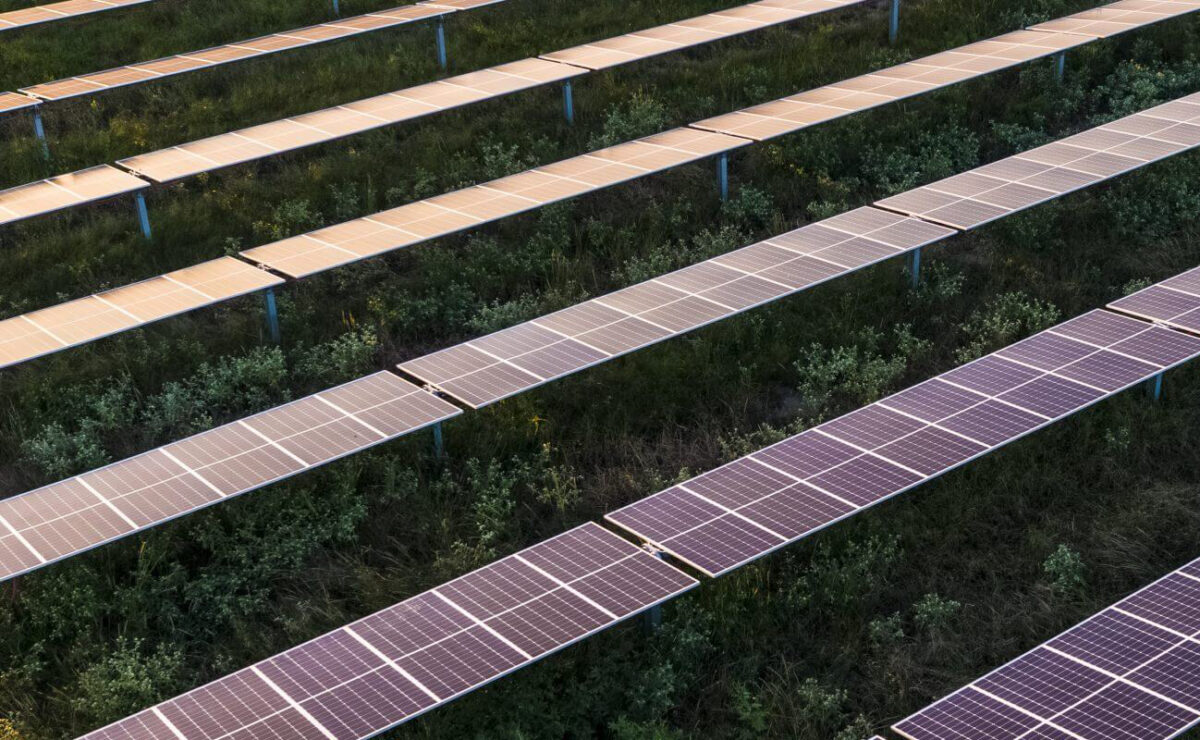Alyssa Edwards on a future with the Inflation Reduction Act
Article by Alyssa Edwards, Vice President, Environmental Affairs and Government Relations:
Why I’m optimistic about the future with the Inflation Reduction Act
After focusing my undergraduate and graduate education on the environment and climate change—and then spending 17 years in the renewable energy industry—it’s fair to say I have been waiting for progressive American climate policy for decades. I’ve joined thousands of others who have relentlessly lobbied Congress to create laws that promote renewable energy and a low-carbon economy.
That moment arrived August 16th with President Biden’s signing of the Inflation Reduction Act, a once-in-a-generation law that will give the clean energy industry the tools it needs to fight climate change and put our nation on a strong path to a greater renewable energy future.
I thank Congress and President Biden for remaining committed to solving climate change, as well as our trade associations like the Solar Energy Industries Association for lining up the support to make this law happen.
Their courage and tireless work in the face of heated opposition makes me optimistic about the future.
What’s in the law
The IRA is packed with much-needed incentives that will stabilize energy costs and lower electricity bills; particularly as international crises drive the cost of fossil fuels higher. The certainty in these provisions will enable renewables to scale infrastructure in a more significant way.
That’s because this acceleration of renewable energy sources will create hundreds of thousands of quality jobs and new business opportunities in every region of the country.
No longer will renewable energy companies, like Lightsource bp, have the boom-and-bust cycles created by uncertain expiration dates on tax incentives. Instead, the Investment Tax Credit (ITC) will last for at least 10 years, providing a long runway of certainty for companies to invest in historic levels of deployment.
Importantly, the structure of the bill incentivizes equitable deployment of clean energy in a way that has never been done before. Specifically, it increases the value of the tax credit for companies who offer a prevailing wage, use domestically supplied materials, or invest in historically under-resourced and marginalized communities.
These incentives, estimates show, could create 40,000 direct solar manufacturing jobs by 2030, more than twice as much as today’s workforce. These are high-quality jobs that involve multiple skills with good pay.
That’s putting U.S. workers and communities first.
Exceeding our goals
The solar industry set a goal to account for 30% of all U.S. electricity generation by 2030, and the Inflation Reduction Act is our slingshot to reach this target. The solar and storage industry is ready to get to work building out a new era of American energy leadership.
I’m proud to be a part of the renewable industry and to see our movement achieve such a long sought-after goal.
I’m also more passionate than ever about the opportunities for the solar energy industry to adopt best practices in development so we can overcome the next biggest hurdle for clean energy – siting projects in increasingly skeptical communities. With the policy wind at our backs, now is the time to embrace responsible solar techniques and incorporate community benefits into our projects so we can achieve the massive buildout potential this legislation makes possible.
It’s been a long journey, but real and lasting change is in sight. It will have been worth the wait.
Alyssa Edwards first published this article on LinkedIn in on September 2, 2022. To leave a comment or question, please view the original post here.
Related news
03 Apr, 2024
Podcast appearance: Our innovation team busts myths on solar and extreme weather
Solar works in extreme weather conditions.
14 Mar, 2024
Barclays and Lightsource bp agree $140 million tax equity deal for solar project in St. Landry Parish, Louisiana
$140 million tax equity for Prairie Ronde Solar



